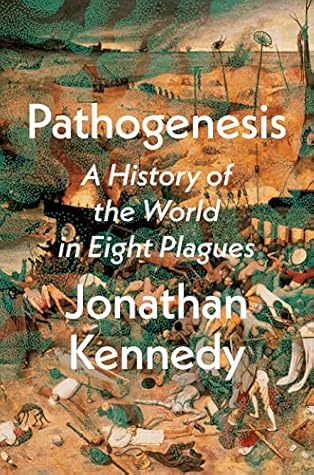It was the recurrent nature of the plague that made it so destructive and ended up causing such profound social, political and economic change. A second outbreak in 1361 killed perhaps 20 percent of the population, but among young people who hadn’t been alive a decade earlier—and therefore hadn’t developed immunity—the mortality rate was no different from that of the first epidemic.
Welcome back. Just a moment while we sign you in to your Goodreads account.


